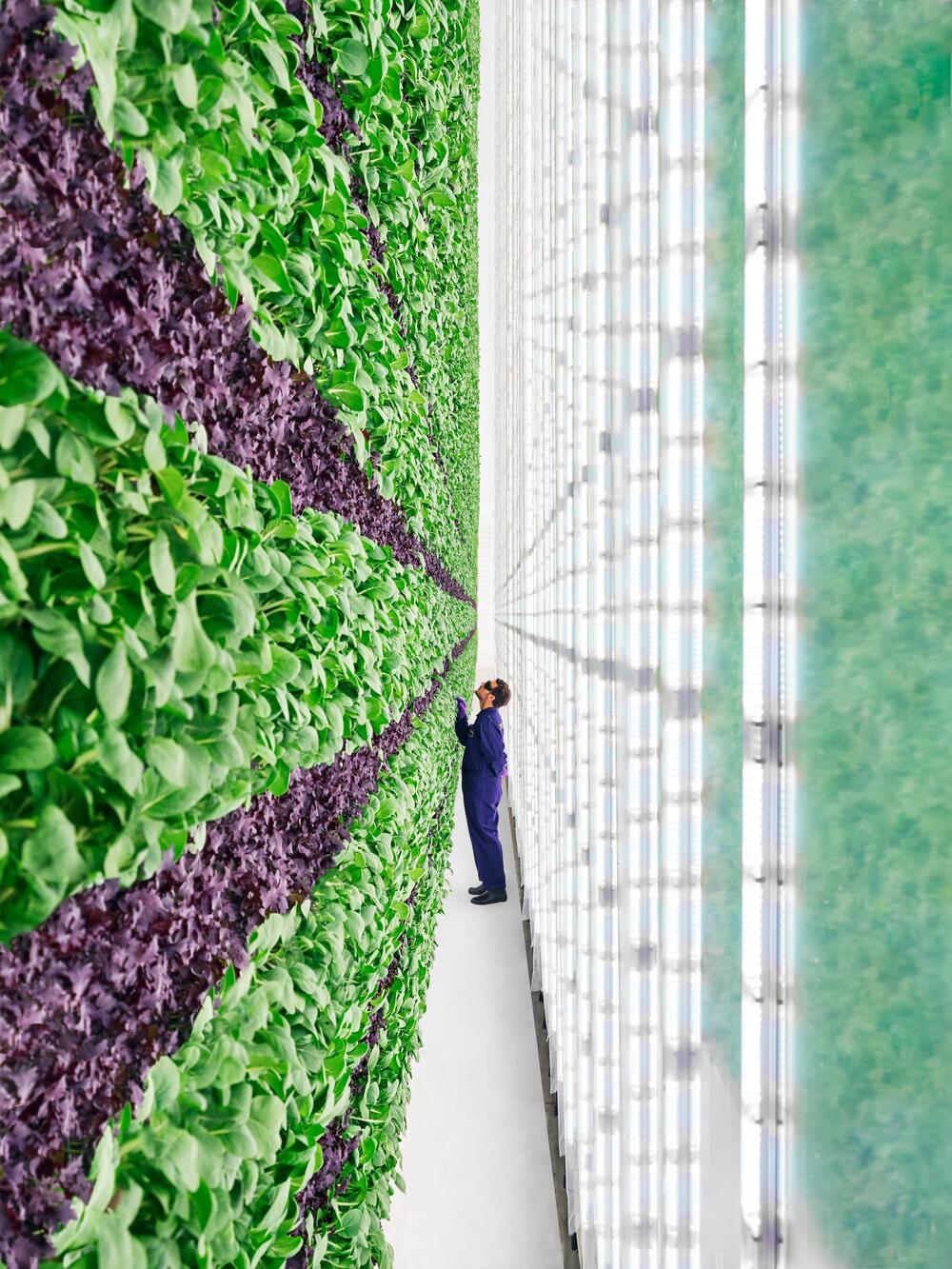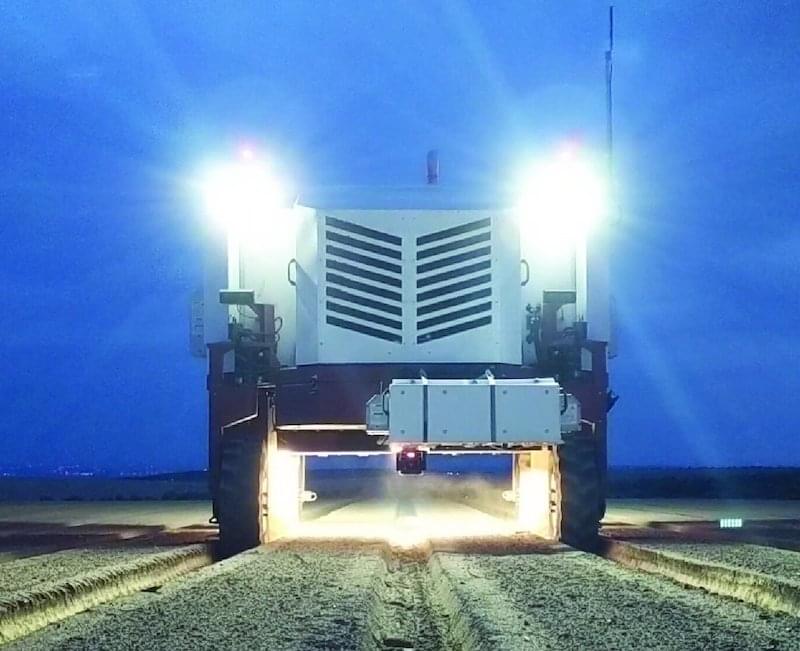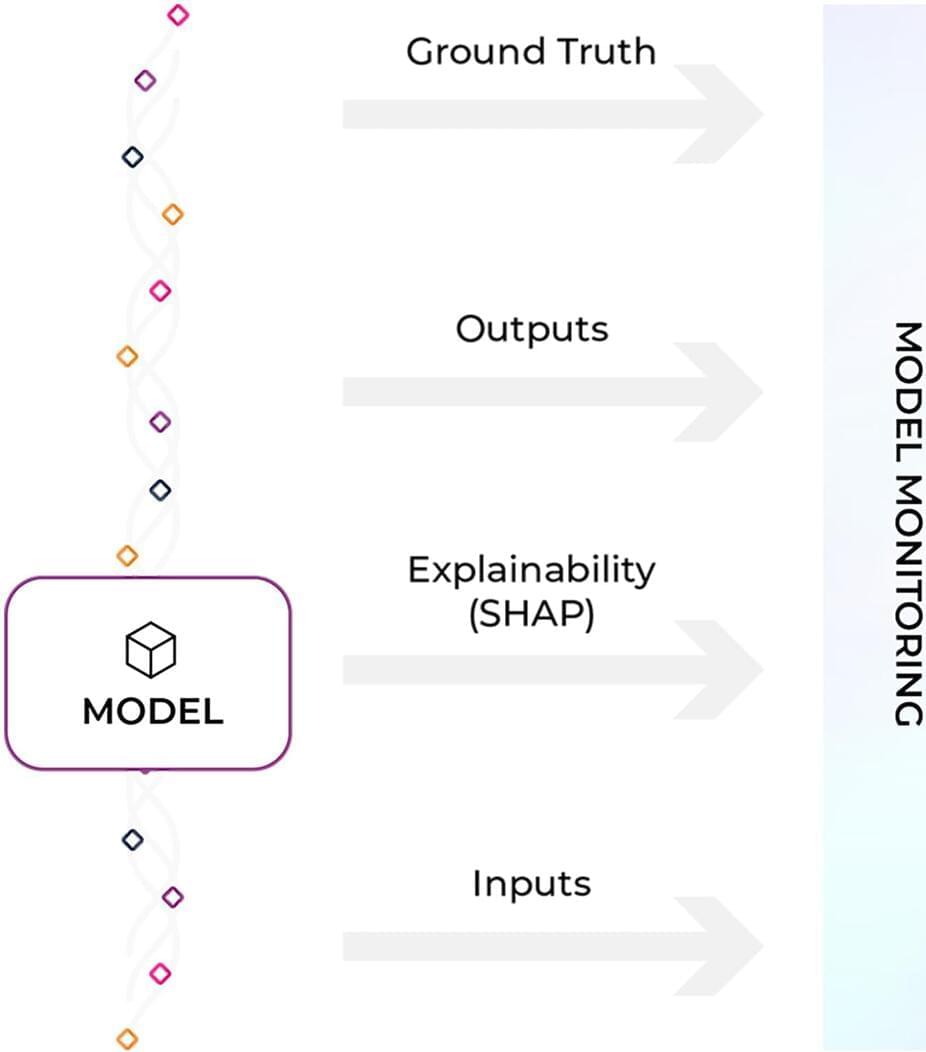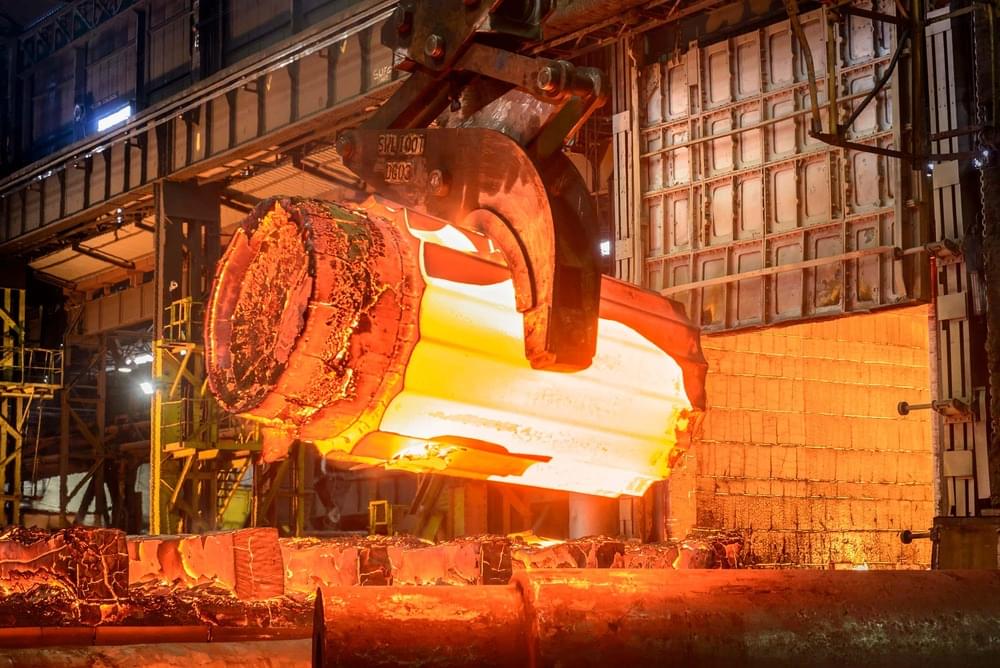Feb 9, 2022
Walmart invests in vertical farming
Posted by Future Timeline in categories: economics, food, sustainability
In its Series E financing round, Plenty Unlimited secured $400 million – the largest investment to date for an indoor farming company. In addition to Walmart and existing investor SoftBank, new partners One Madison Group and JS Capital also participated in the round.
Plenty Unlimited will use this funding to support its growth strategy, including leveraging its technology platform to sell multi-crop farms directly to partners.
“The indoor farming sector is at an exciting inflection point, poised to reach its full potential as a new asset class that addresses the significant need to provide access to fresh, nutritious food year-round, even in geographies where traditional farming is difficult,” said Omar Asali, Chairman and CEO of One Madison Group. “Plenty has truly ‘cracked the code’ on the technology and economics of indoor farming. It has developed an innovative and scalable model that can deliver fresh, sustainable produce to retailers, growers and governments anywhere in the world.”

















